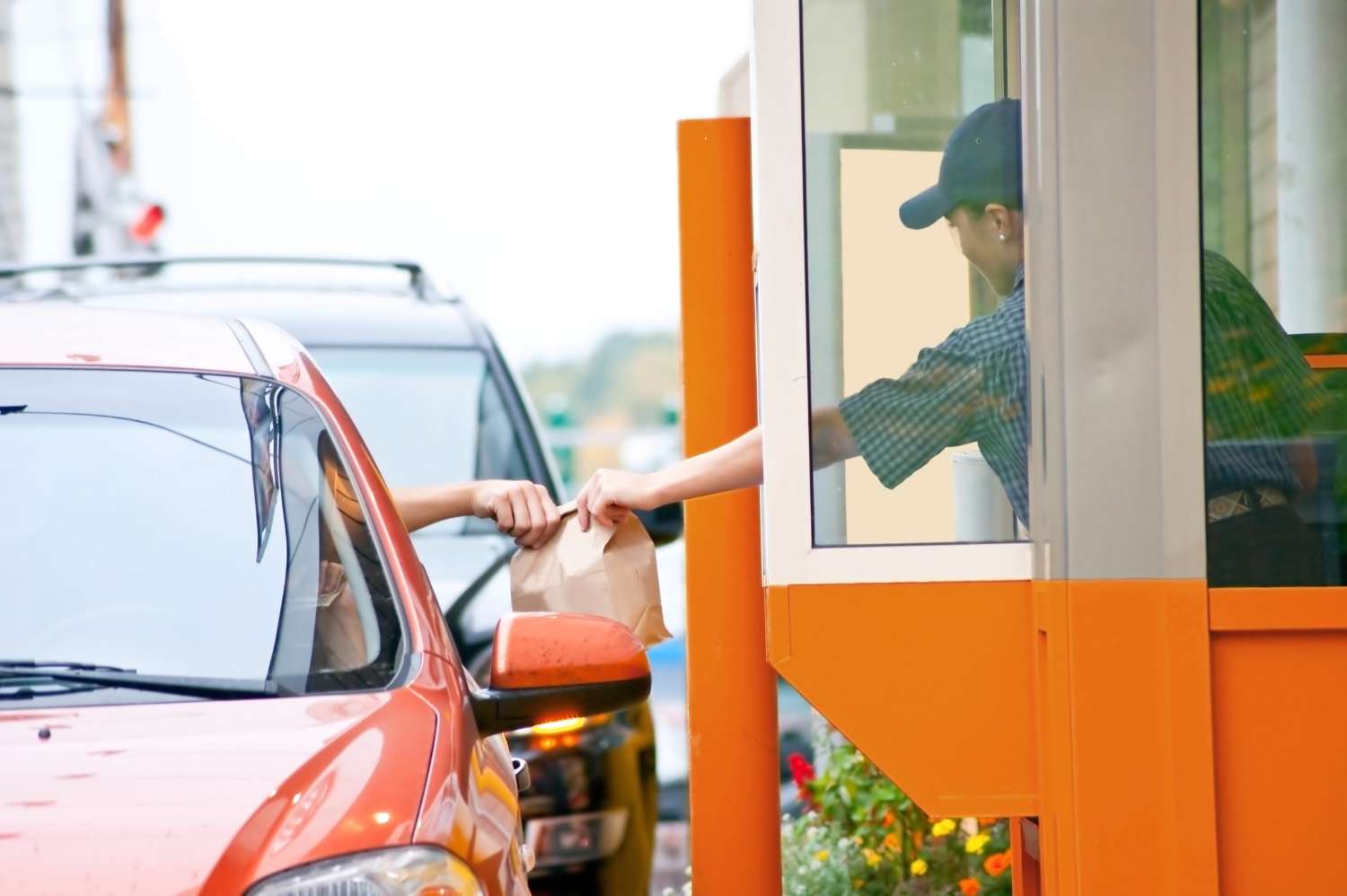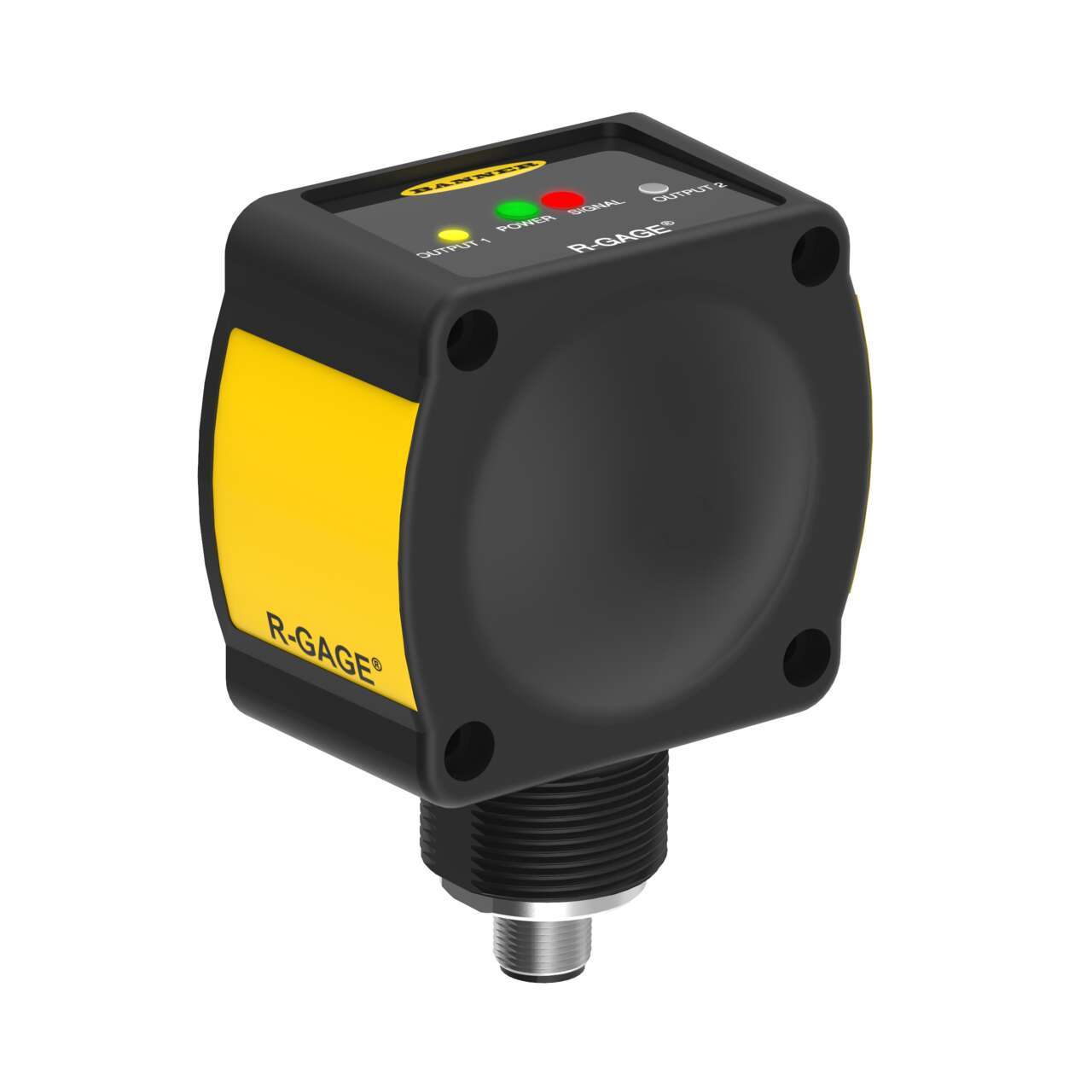Drive Thru Vehicle Detection and Monitoring
Improve Customer Experience and Maximize Profits
Drive thru applications require reliable vehicle detection to alert employees to a customer’s presence at a window, count the number of cars passing through, monitor time spent in the drive thru, and more.
By increasing efficiency and facilitating a better customer experiece, vehicle detection solutions not only save costs but also maximize revenue.
Inductive loops have traditionally been a common vehicle detection technology for drive thru applications. However, inductive loop systems require large sections of pavement or brickwork to be damaged and removed for installation and repairs, which can lead to lengthy downtime.
Radar is another technology that can be used for drive thru vehicle detection. Radar sensors are immune to weather conditions, making it an excellent option for outdoor deployments at drive thru businesses.
Wireless magnetometers are an excellent choice when wired technology is impractical. Wireless magnetometers can be installed above or below grade, and even below grade installations are minimally invasive, requiring only a small 3-inch diameter hole in the concrete for each sensor location.
Keep reading to learn how these technologies solve common drive thru vehicle detection challenges; or contact an engineer to discuss your specific application.




Vehicle Detection at a Quick Serve Restaurant
Fast food restaurants rely heavily on their drive-thru service, and they earn much of their revenue from drive-thru sales. Streamlining the drive-thru process in quick serve restaurants (QSR) can increase revenue and improve customer satisfaction.
By combining wireless vehicle detection sensors with an analytical software platform, restaurants can track the speed of service and compare drive-thru times at multiple locations. This visibility enables managers to identify where bottlenecks occur, and it allows stores to compete to improve their drive-thru service.
Vehicle Detection at a Bank Drive Thru
In applications where staff may be away from the drive thru window for periods of time, a vehicle detection solution can be used to alert staff when a customer is present. For example, bank tellers working the drive-up windows must be aware when a vehicle is present in order to optimize customer service.
Radar sensors use Frequency Modulated Continuous Wave Radar (FMCW) to detect both stationary and moving vehicles. In the application pictured to the right, a radar sensor is mounted to the drive-through overhang and is configured to detect the pavement.
When a vehicle blocks the beam, the sensor’s output switches and a signal is sent to the bank workers, alerting them of the presence of the vehicle to ensure timely service and minimal wait times for customers.
Vehicle Detection and Counting at a Drive Thru
In addition to triggering a signal that a customer is present, radar sensors can also be used to count the number of vehicles that pass through the drive thru each day. This provides valuable information on peak drive thru days and times to facilitate data-driven staffing decisions.
The radar sensor's vehicle detection, business indication, and count functions help restaurants efficiently respond to drive-thru customers, measure drive-thru demand, and manage drive-thru operations.
Wireless Magnetometers for Vehicle Detection
El sensor M-GAGE utiliza tecnología de detección pasiva para detectar objetos ferrosos grandes, como vehículos motorizados. El M-GAGE proporciona un reemplazo alternativo para los sistemas inductivos del lazo y no necesita ninguna caja externa del control.
- Diseñado para minimizar los efectos del cambio de temperatura y los campos magnéticos fluctuantes
- El sensor aprende ambiente de fondo y almacena los ajustes en la memoria no volátil
- Tecnología FlexPower impulsada por una sola batería de litio primaria integrada en la carcasa
- Transceptores de proporcionar una comunicación bidireccional entre la puerta de enlace y nodo, incluyendo transmisión de datos totalmente reconocido
- La carcasa completamente sellado y empaquetada contiene la fuente de poder, el sensor y la antena para una solución completamente inalámbrica
Wireless Controller
El controlador DXM es un controlador inalámbrico industrial para facilitar la conectividad Ethernet y las aplicaciones IIoT (Internet Industrial de las Cosas).
- Los radios ISM están disponibles en 900 MHz y 2.4 GHz para las redes inalámbricas locales
- Convierte Modbus RTU a Modbus TCP/IP o Ethernet I/P
- El controlador lógico se puede programar usando reglas de acción y métodos de lenguaje de texto
- Tarjeta micro SD para el registro de datos
- Alertas por correo electrónico y mensajes SMS
- Módulo celular para conectividad a la red telefónica
Radar Sensor
Sensores basados en radar de alta sensibilidad ideales para evitar colisiones a bordo de equipos móviles, como apiladoras, montacargas y vehículos de minería.
- La tecnología FMCW del radar (true-presence) de cuarta generación detecta objetivos móviles y estacionarios
- Mayor sensibilidad y mayor rango
- Campo de detección ajustable— ignora los objetos más allá del punto de ajuste
- Fácil instalación y configuración de rango, la sensibilidad y la salida con simples interruptores DIP
- Las funciones de detección no se ven afectadas por el viento, la lluvia o la nieve, la niebla, la humedad, la temperatura del aire, o la luz
- El sensor funciona en la banda de telecomunicaciones industrial, científica y médica (ISM) sin necesidad de una licencia especial
- Su robusta carcasa IP67 es resistente a ambientes hostiles












![Medición Tiempo de Movimiento de Vehículos Durante Emergencias [Caso de Éxito]](/content/dam/banner-engineering/3d-renders/application-notes/wcc-migration/2014/R-GAGE-Vehicle-Detection---Firehouse.psd/jcr:content/renditions/cq5dam.thumbnail.319.319.png)
